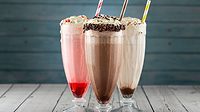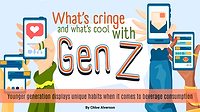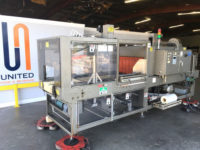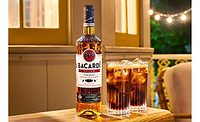Wine’s Time
Sarah Theodore
Editor
If you’ve been
keeping an eye on the wine industry lately, you might have noticed that
winemakers have turned up the heat on brand development and marketing
efforts. That hasn’t always been the case. For a long time, wines
were sold based only on where their grapes were grown and what kind of
grapes they contained — and it was pretty much up to the consumer to
know what they were looking for.
But for several years now, winemakers have been making
their products more accessible, with strong results and equally strong
incentives to continue. Wine sales in the United States rose in all price
segments during the past year, and U.S. consumption is expected to increase
to 2.7 billion liters by 2008, enough that it will make it the
world’s largest consumer of wine, ahead of both Italy and France.
With products such as Yellow Tail as inspiration,
several companies have endeavored to make their wines more like branded
products. Beringer Blass Wine Estates, for example, recently announced a
new wine “created by women for women.” Named White Lie, the
early-harvest, low-calorie wine initially will be available in 12 U.S.
markets. Also with a nod toward women, Brown-Forman has introduced Five
Rivers “Goddess” wines, with Chardonnay, Pinot Noir, Merlot and
Cabernet Sauvignon each representing a goddess of the essential elements of
Earth, Air, Water and Fire.
Wine to many people still is all about subtle details
such as appellation, vintage and aging techniques. It would be a shame to
lose those details and have wine turn into just another branded beverage.
Wouldn’t it be nice if there were a way to make wine accessible while
still maintaining those nuances? For consumers who are interested in that
information but might be intimidated to learn or simply not have time to
keep up on wine news, a company called Super Marketing Promotions Inc. has
developed an in-store kiosk they can use to educate themselves. The system
incorporates tasting notes, food pairings and varietal information that
consumers can find by scanning the barcode of the wine they are interested
in purchasing. The system uses a customized wine database and has an LCD
touch-screen display that allows consumers to navigate their own wine
selections.
Winemakers in the United States have an opportunity
before them unlike any other time, with consumers who are receptive to
their products and sales momentum on their side. The challenge will be to
bring new consumers into the fold without giving in to the temptation to
“dumb down” wine so it loses the qualities and sophistication
that make it unique.
On a totally different note… I’d also like
to take this opportunity to introduce you to Elizabeth Fuhrman, Beverage Industry’s new
managing editor. Elizabeth joins the magazine from one of our sister
publications, Candy Industry, and I think you will find her knowledgeable about consumer
products and enthusiastic about the beverage industry specifically. I know
she will add a great deal to the magazine, and if you’d like to drop
her a note, you can reach her at efuhrman@stagnito.com. BI
Sneak Peek
| MAY |
| Category Focus — Beer |
| Marketing — On-premise promotions |
| Beverage R&D — IFT preview |
| Special Report — Organic opportunities |
| JUNE |
| Special Report — The Top 100 companies |
| Category Focus — Alternative beverages |
| Marketing — Niche opportunities |
| Packaging — Closure technologies |





